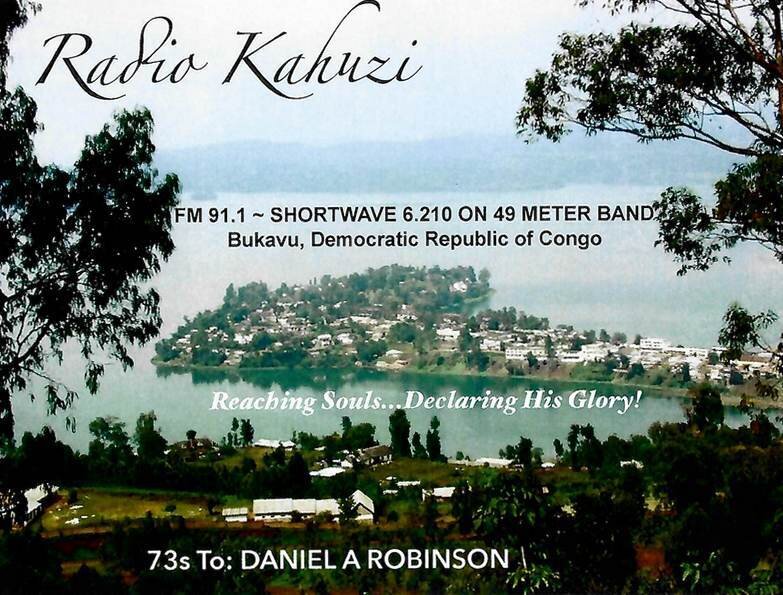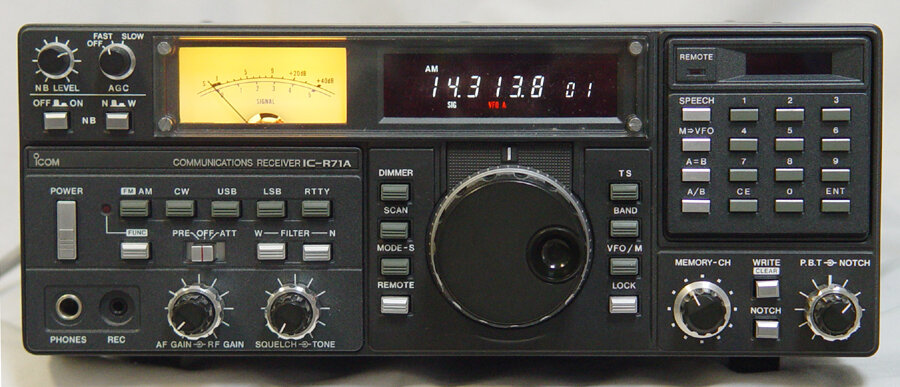Radio Kahuzi (Democratic Republic of Congo): 2019-2020
/Thanks to SRAA contributor Dan Robinson for these notes and audio of Radio Kahuzi
Radio Kahuzi, a U.S.-funded religious station located in Bukavu, Democratic Republic of Congo has been heard by DX’ers in a number of countries since the mid-2000’s and had been in operation since the 1990s. It was founded by U.S. evangelist Richard McDonald and his wife Kathleen, and was most easily heard via Europe-based SDRs, signing off at anywhere between 1800 and 1830 UTC.
In 2019, the station began to be heard more frequently on its 6,210.20 khz frequency — but was impacted by frequent power outages in the national electricity company of the DRC. In 2020, Radio Kahuzi was still being heard by DX’ers using European SDR sites, with certain locations such as Switzerland, UK, and Sweden bringing the best signals. I did a number of comparison videos showing reception of Kahuzi at these various locations. Interestingly, propagation conditions were such that Kahuzi’s signal had a very rapid rise from about 1700 UTC through to its sign off time around 1800 to 1830 UTC, and was often mistaken by some listeners as a European pirate signal in the 48 meter band.
In February 2020, Richard McDonald reported that power had been increased from 500 to 750 watts with reception in Bukavu 1/4 to 1/2 stronger, adding that they hoped the 750 watt level could be maintained “unless problems develop.” He also said the station had just installed a new digital studio.
In April 2020, McDonald reported problems with lightning strikes in the area with intermittent power issues. McDonald noted that the station had been hoping to begin distance education as the COVID-19 situation was beginning to have impacts: “We are the only radio that can reach all the 8 territories and local schools.”
As of mid-May 2020, Radio Kahuzi remained off the air as DX’ers held out hope that Kahuzi would return to the air. In an email, Richard McDonald reported “complications” regarding the power schedule of the regional power company saying he was hoping RK can get back on the air “between 8 AM to 7 PM”. Here is one of the best recordings of Radio Kahuzi, which took place using the SDR site in Ticino, Switzerland — the station has a unique sign off, playing an instrumental version of a Bluegrass song.























